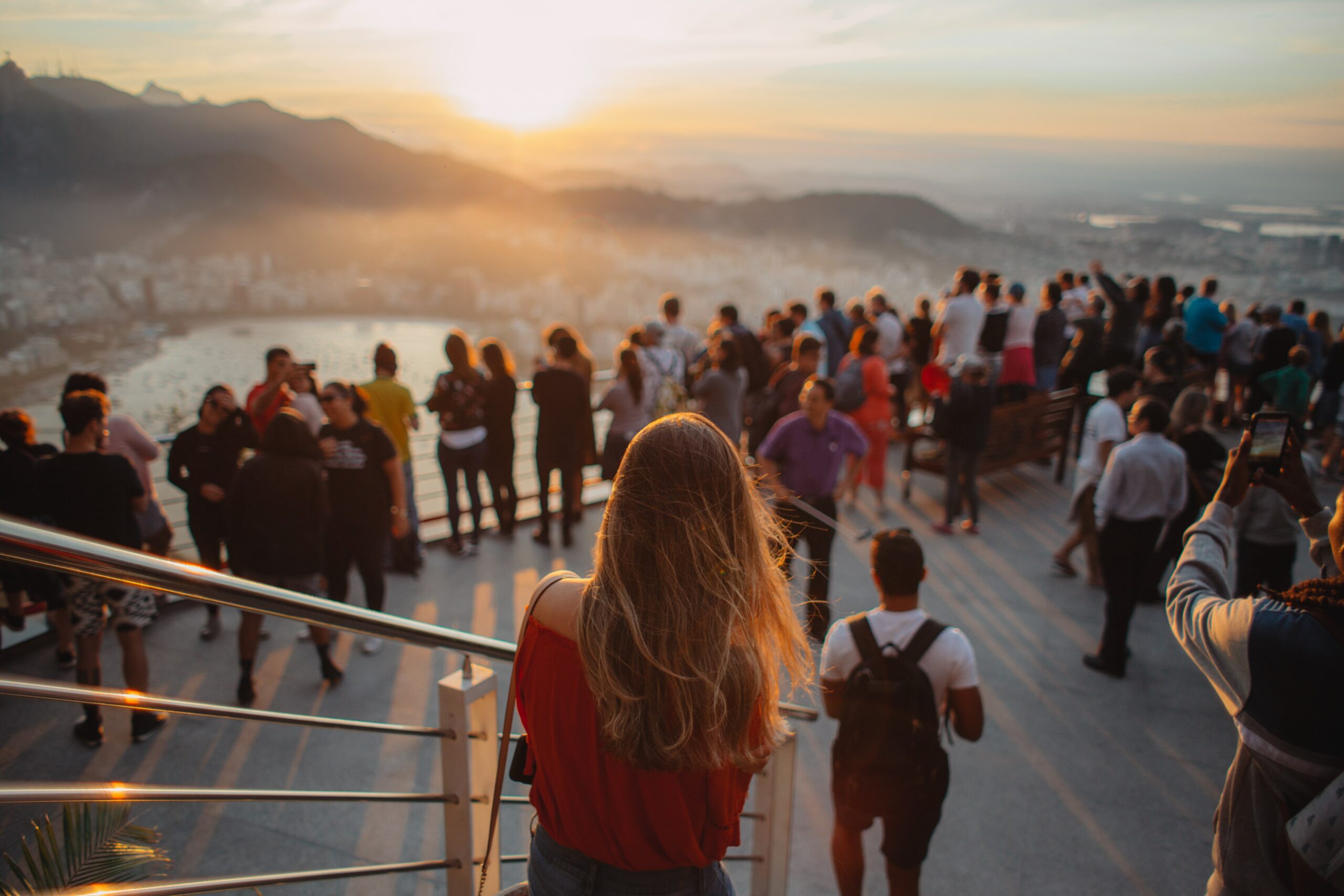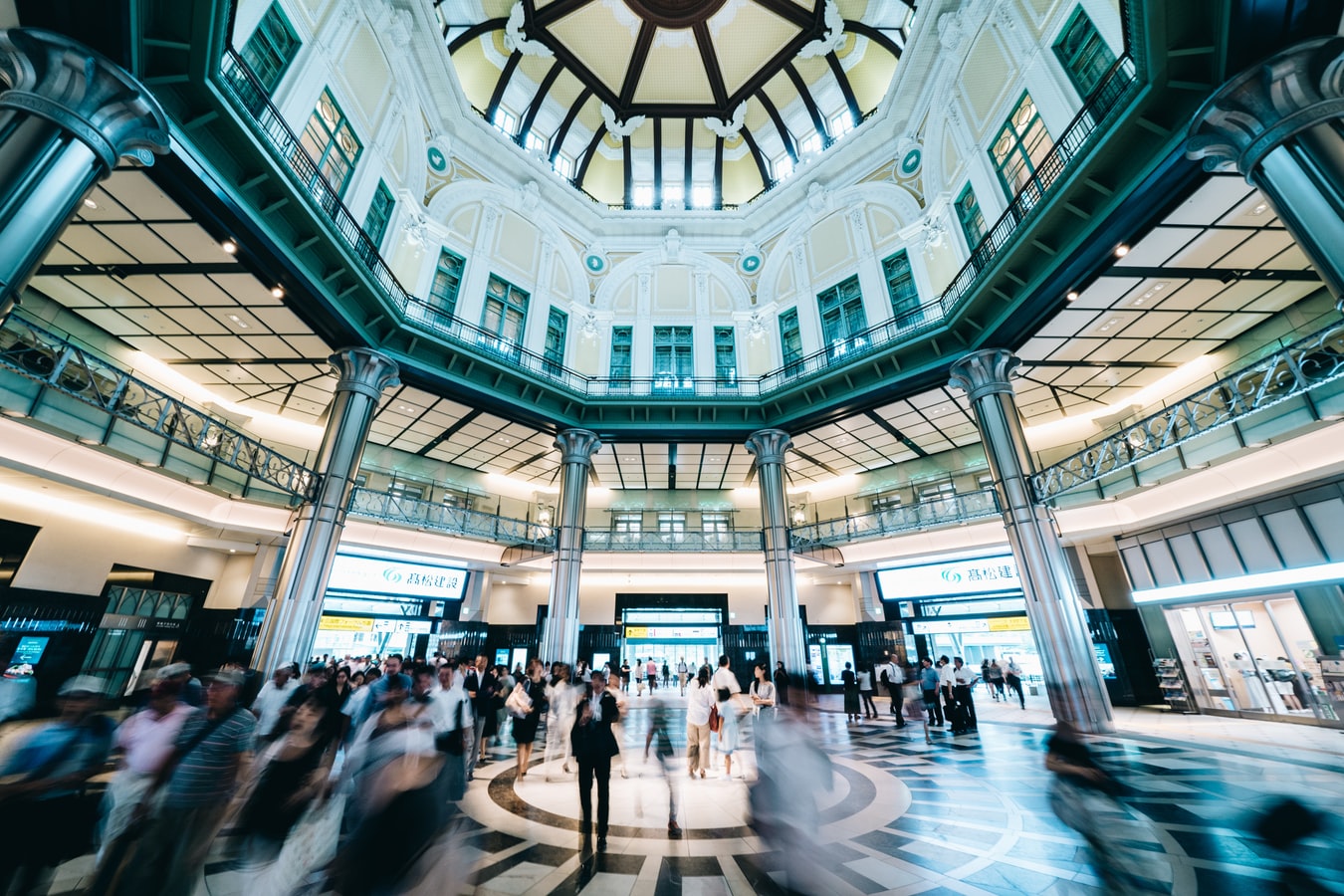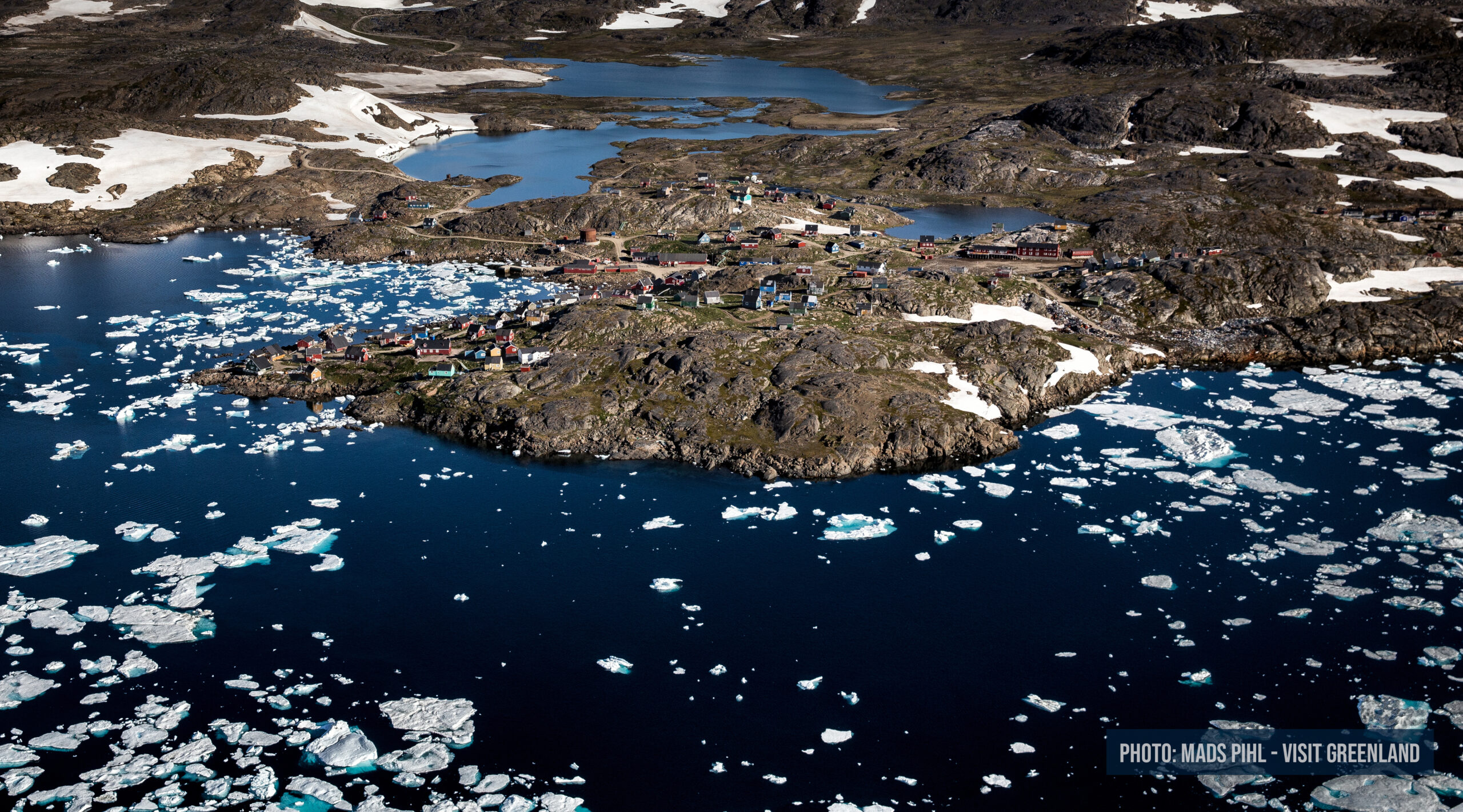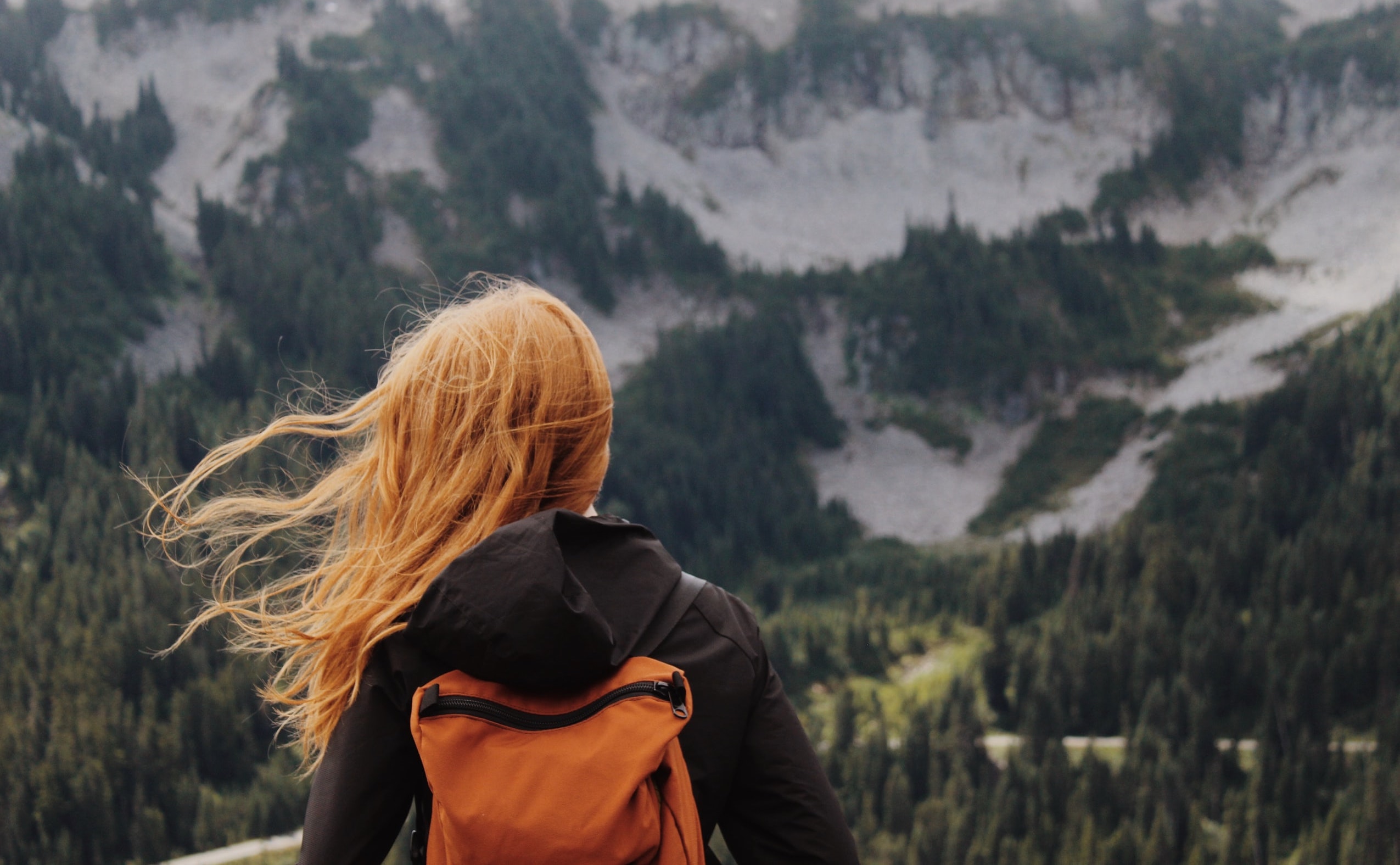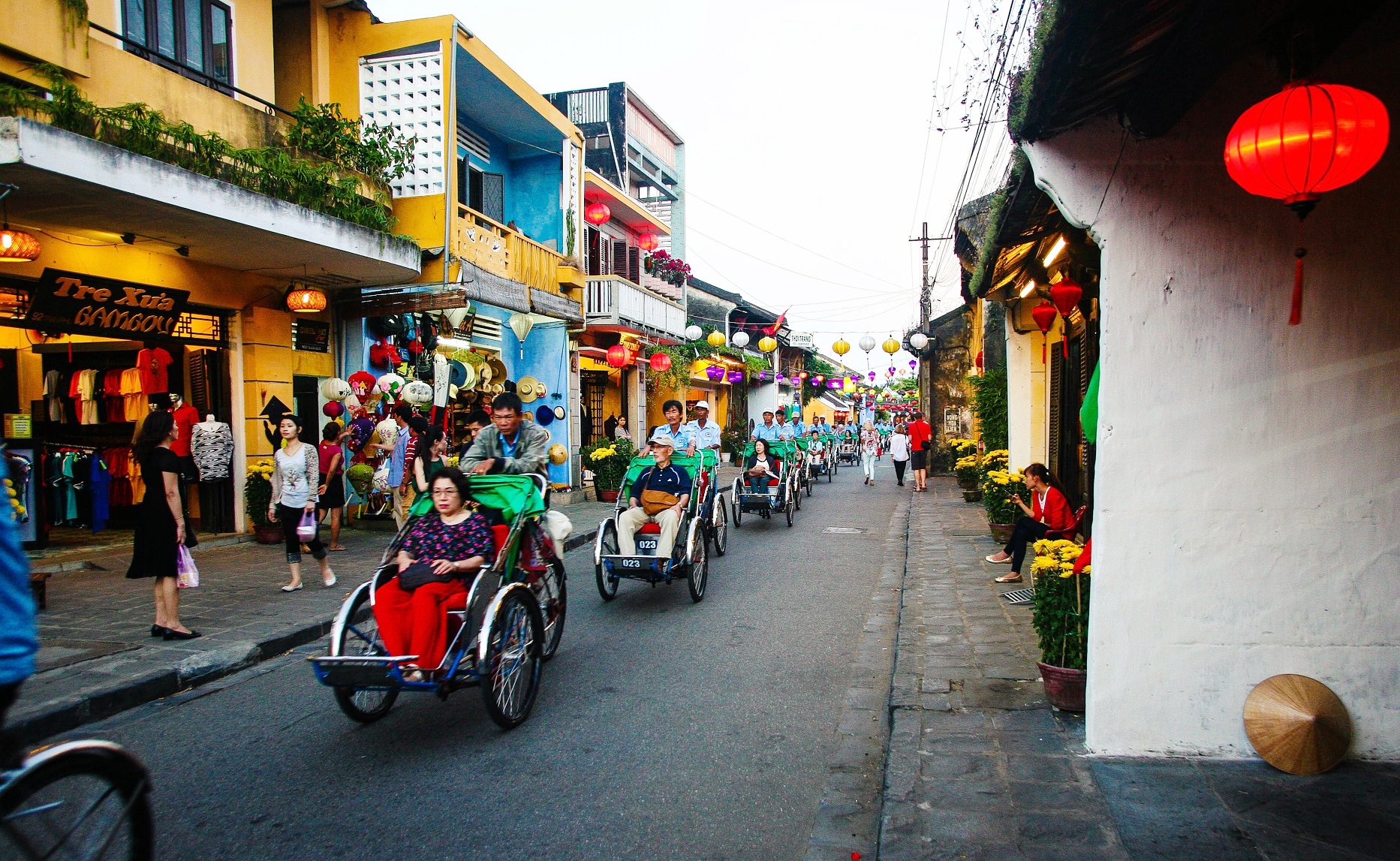By Elizabeth Cooper
◦ 4 min read ◦
Nudges have been successfully implemented in various social settings, as a method of guiding people’s decisions in certain directions whilst maintaining their freedom of choice. A number of studies have found high levels of support for nudges across different cultures. However, the context of tourism brings with it some complexities that might make nudging tourists in particular both more challenging and less acceptable.
The “context of tourism” is, of course, not a distinct or objective place or time. Tourism as a practice is in many cases intertwined with the everyday lives of others, so the same nudges that we are exposed to in our local supermarket may also be encountered by a tourist who is visiting our town for the weekend. What defines the tourism context in terms of nudging, therefore, is that the nudge is specifically targeted at people who are on holiday.
However, existing research suggests that it may be harder to nudge people when they are on holiday than when they are in their everyday contexts, for two main reasons:
- We behave differently on holiday than we do at home. We tend to see holidays as an escape from everyday life, and a context in which we deserve to indulge our bad habits without feeling guilty. Complying with a nudge should, by definition, not reduce the consumer’s pleasure – as a result, it is challenging to design acceptable nudges in a hedonistic context like tourism, in which pleasure takes priority.
- We can be less inclined to do things for people we feel different to. While many nudges in our everyday lives are designed to guide us towards choices that are beneficial to ourselves (such as making healthier food choices, or encouraging us to save more of our paycheck), nudges targeted at tourists are often focused on the welfare of groups of people (often host communities) who can feel distant. Existing research in psychology has argued that we are more likely to connect with and feel empathy for others if we perceive similarities between us and them. This can make tourism settings unfavourable for nudging, since many people actively seek to experience difference when they plan a holiday.
Studies on nudging acceptance in general have consistently found that people tend to prefer ‘System 2’ nudges over ‘System 1’ nudges. System 2 nudges are more transparent and require more cognitive effort (for example, providing a hotel guest with information about the environmental impact of their stay). System 1 nudges tend to play on our intuitions and subconscious cognitive processes (for example, including carbon offsetting as a default in a flight purchase, so that customers have to opt out of it rather than in). There are not yet any studies on approval of nudges among tourists, but we can look at which kinds of nudges have been tested on tourists already, and how successful they are.
Some Examples of System 1 Nudges in Tourism
- Commitment Signalling: In an experiment by Baca-Motes et al. (2012), hotel guests were asked upon check-in to make a commitment to reusing their towels, and then to wear a publicly visible pin indicating this commitment. This increased towel reuse in the hotel by 40%.
- Providing Feedback: Pereira-Doel et al. (2019) found that inserting an AI display in hotel showers showing the duration of running water during each shower was effective in reducing guests’ water usage.
- Changing defaults: Kallbekken and Sælen (2013) reduced food waste at a hotel buffet by 20%, simply by making the plates smaller.
Some Examples of System 2 Nudges in Tourism
- Increasing pleasure: Some scholars have argued that a hedonic context such as tourism requires more tangible benefits to achieve behaviour change. As a result, a few studies have experimented with nudges that are designed to increase pleasure for the tourist, while simultaneously promoting a desired behaviour. Dolnicar et al. (2019) found it much more effective to offer hotel guests a free drink if they opted out of room cleaning, than to appeal to their pro-environmental values by disclosing information about the environmental impact of room cleaning. Similarly, Dolnicar et al. (2020) managed to reduce plate waste by 34% at a seaside resort, by allowing families to collect stamps every time they did not generate plate waste at dinner. If they collected a stamp for every day of their stay, they could exchange the stamps for a small prize at check-out.
Although these kinds of nudges are ideal for a tourism context, given they increase the pleasure of the tourism experience and are also more likely to be approved of, they require more effort on the part of the tourism business. The tourism sector in many countries is dominated by SMEs, which often lack the resources required to implement nudges like this, even though they want to run a sustainable business. There is certainly a need for further research which works towards developing nudges which a) encourage behaviour that is beneficial for the planet and for host communities, b) are approved of by tourists, and c) are not burdensome for small tourism businesses to implement.
Further reading
Dolnicar, S., 2020. Designing for more environmentally friendly tourism. Annals of Tourism Research.
Juvan, E. and Dolnicar, S., 2014. The attitude–behaviour gap in sustainable tourism. Annals of tourism research.
Reisch, L. A., & Sunstein, C. R. (2016). Do Europeans like nudges?. Judgment and Decision making.
Sunstein, C.R., 2016. Do people like nudges. Admin. L. Rev.
Sunstein, C. R., Reisch, L. A., & Kaiser, M. (2019). Trusting nudges? Lessons from an international survey. Journal of European Public Policy.
Viglia, G. and Dolnicar, S., 2020. A review of experiments in tourism and hospitality. Annals of Tourism Research.
About the Author
Elizabeth Cooper is a PhD Fellow at Copenhagen Business School, within the Department of Management, Society and Communication. Her research aims to link the fields of behavioural science and tourism, by experimenting with strategies to ‘nudge’ cruise tourists into behaving in more sustainable ways, specifically in the ports of Greenland.
Photo by Elizeu Dias on Unsplash
